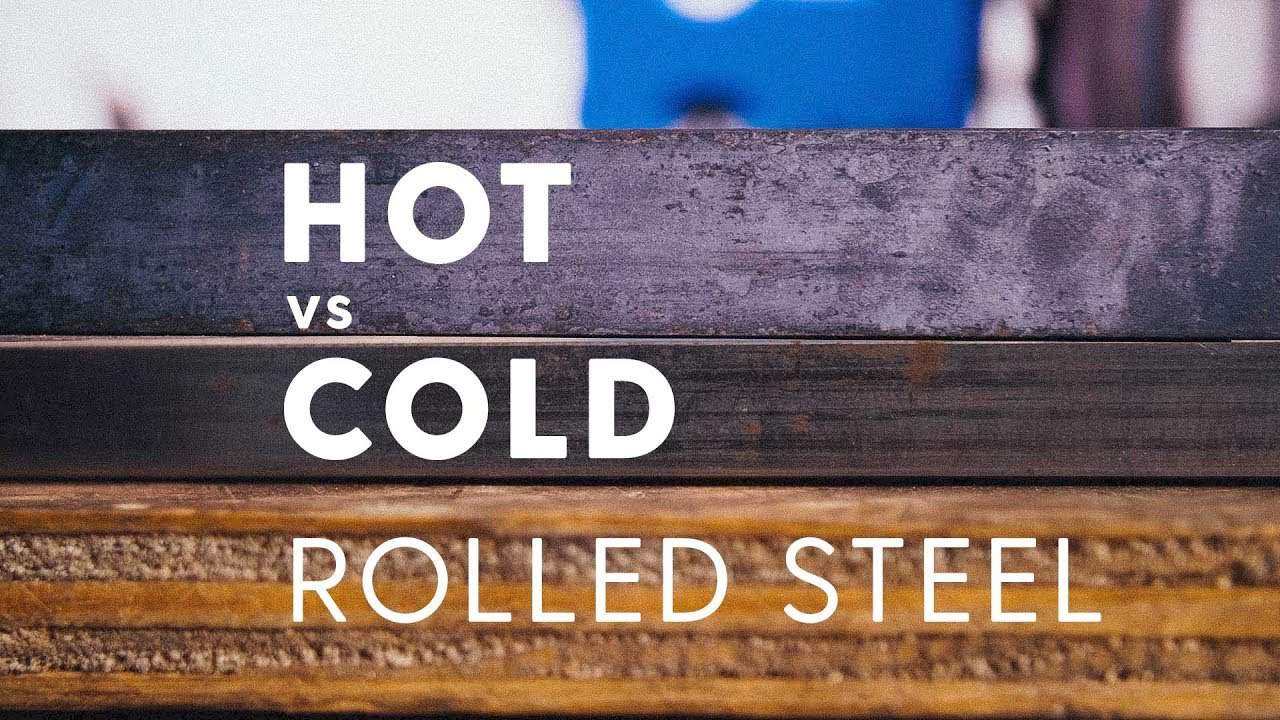Seamless steel tubes are widely used in various industries due to their superior properties such as durability, high strength, and corrosion resistance. They have become an essential component in the petroleum and chemical industries, as well as in automotive, aerospace, and construction applications. However, not all seamless steel tubes are created equal. There are two main production processes for creating seamless steel tubes: hot-rolled and cold-rolled. In this blog, we will discuss the differences, advantages, and disadvantages of hot-rolled and cold-rolled seamless steel tubes.

Production Processes
Hot-rolled seamless steel tubes are produced by heating a solid steel billet to a high temperature and then rolling it into a hollow tube shape. The hot-rolling process improves the mechanical properties of the tube, making it stronger and more durable. This process also allows for larger diameters and thicker walls to be produced.
On the other hand, cold-rolled seamless steel tubes are produced by rolling a solid steel billet at room temperature. This process results in a smoother surface finish and tighter tolerances than hot-rolled tubes, making them well-suited for precision applications. However, the cold-rolling process can also decrease the mechanical properties of the tube, making it less strong than a hot-rolled tube.
Advantages of Hot-Rolled Seamless Steel Tubes
One of the main advantages of hot-rolled seamless steel tubes is their high strength and durability. The hot-rolling process results in a stronger, more reliable product that is better able to withstand high pressure and stress. Hot-rolled tubes are also typically less expensive than cold-rolled tubes, making them a popular choice for industrial applications.
In addition, hot-rolled seamless steel tubes can be produced in larger diameters and thicker walls than cold-rolled tubes. This makes them well-suited for heavy-duty applications such as pipelines and structural supports. Hot-rolled tubes also have a rougher surface finish than cold-rolled tubes, which can be advantageous in certain applications where a more textured surface is desirable, such as in architectural or decorative applications.
Disadvantages of Hot-Rolled Seamless Steel Tubes
One disadvantage of hot-rolled seamless steel tubes is that they can be less precise than cold-rolled tubes. The hot-rolling process can result in slight variations in the size and shape of the tube, which can be problematic in certain applications that require very tight tolerances.
Hot-rolled tubes also tend to have a more uneven wall thickness than cold-rolled tubes. This can be problematic in applications where even wall thickness is required, such as in high-pressure piping.
Advantages of Cold-Rolled Seamless Steel Tubes
One of the main advantages of cold-rolled seamless steel tubes is their precision. The cold-rolling process results in a smoother surface finish and tighter tolerances than hot-rolled tubes, making them well-suited for precision applications such as medical devices, aerospace components, and automotive parts.
In addition, cold-rolled tubes tend to have a more uniform wall thickness than hot-rolled tubes. This can be advantageous in applications where even wall thickness is required, such as in high-pressure piping.
Disadvantages of Cold-Rolled Seamless Steel Tubes
One disadvantage of cold-rolled seamless steel tubes is their lower strength and durability compared to hot-rolled tubes. The cold-rolling process can decrease the mechanical properties of the tube, making it less suitable for heavy-duty applications such as pipelines and structural supports.
Cold-rolled tubes are also typically more expensive than hot-rolled tubes, due to the higher precision required in the production process. This can make them less cost-effective for certain applications.
Conclusion
In conclusion, both hot-rolled and cold-rolled seamless steel tubes have unique advantages and disadvantages, depending on the specific application. Hot-rolled tubes are ideal for heavy-duty applications that require strength and durability, while cold-rolled tubes are well-suited for precision applications that require tight tolerances and a smooth surface finish.
Regardless of the production process used, seamless steel tubes remain an essential component in many industries, and their versatility and reliability make them an excellent choice for a wide variety of applications.